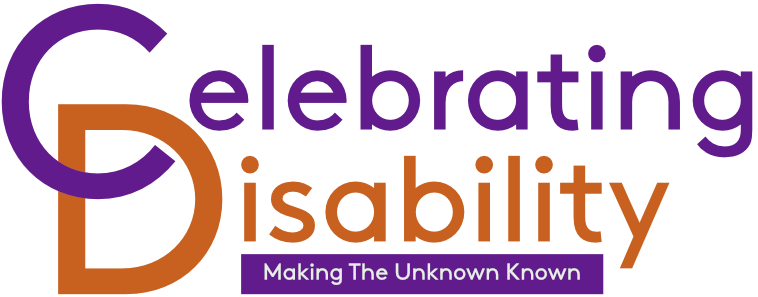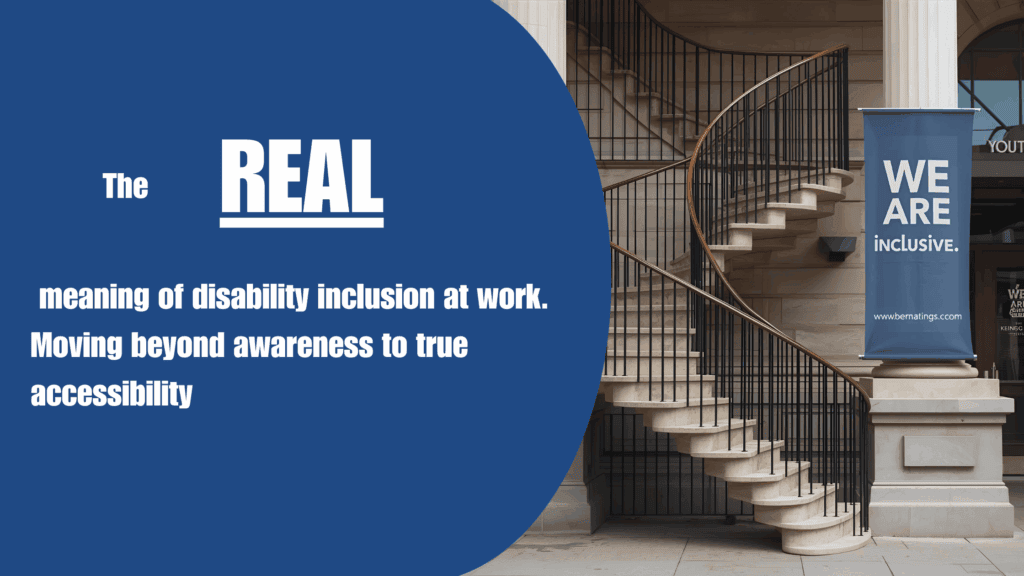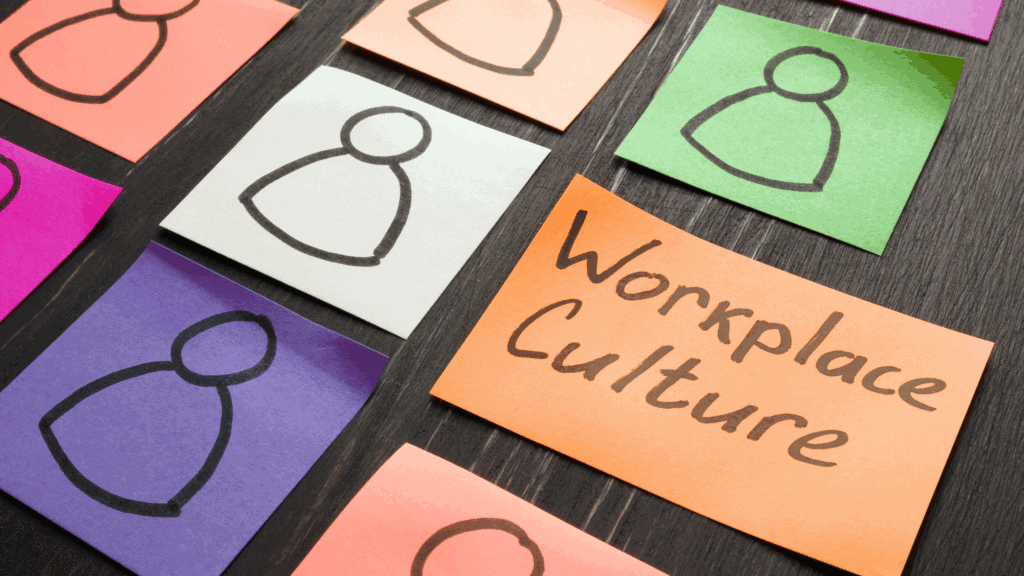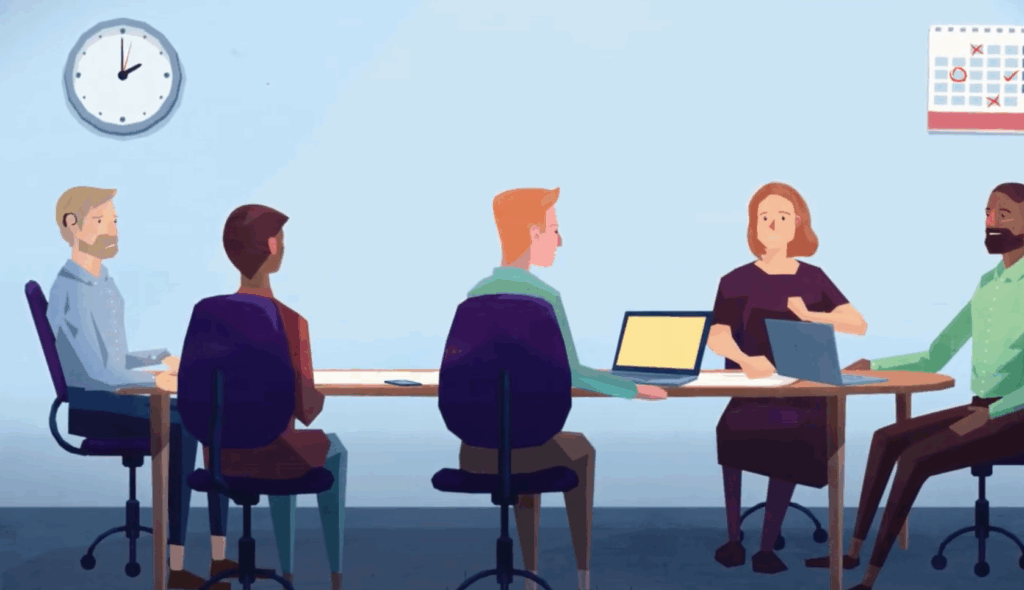There’s no getting away from the language used to describe disabled people.
Before you read any further, have a think about the language that springs to your mind when thinking about disability.
What did you come up with? There are the words to describe the person: disabled, person with disability, wheelchair user, wheelchair bound, mentally ill. There are words to describe the feelings that are evoked in others: brave, cute, determined. There are words to describe the support or “help” that is offered: feeding, toileting, taking to.
You may be thinking; “but these are all true.” “this is how I feel.” “this is what I do.”
What does it mean for that person? What is the impact of those descriptions and feelings? I believe that the vocabulary chosen impacts on the lasting impression. Think of all the motivational speakers and self help gurus. They tell us to think positively, use words like “I can”, “I will” “I am” because if we say it, we will believe it and if we believe it, it will become reality. The same applies to terminology surrounding disability. If that’s what is said, that’s what is thought.
What is thought of when talking about a disabled person’s day to day? The individual might be described as living in an independence flat, in the community, doing activities.
As a non-disabled or a disabled person, what do you think of when going about your day-to-day life? I bet you live in a house in a town and do different things.
Language can be dangerous. I posted an article yesterday that describes how someone jumped to conclusions about a disabled person without having any of the facts. We hear everyday on the news, on TV, on the radio and in the street, language being used that is purposely picked to be derogatory or to sum up the situation/person. The words that are used leave a lasting impression on audiences; which in turn helps that audience to develop an image.
Below are 5 ways for you to start changing how we talk about disability:
1. Think how you would describe it yourself.
Often, the way a situation is described when a disabled person is involved, is not the way it would be described otherwise. If you were stuck for a way to describe something, think about what you would say if it was happening to you.
2. If you heard it how would you feel?
There are examples of deliberately derogative terminology. Quite often, the terminology can be derogative even by accident. If someone was asking if you needed toileted, how would you feel?
3. Is it accurate?
Quite a lot of the language that is used doesn’t describe what is being talked about. When we use the term “wheelchair-bound”, it doesn’t describe anything about the individual. Furthermore, wheelchair-bound is not an accurate description of the situation as nobody is bound to a wheelchair 24 hours a day.
4. Is it positive?
Think about the last time someone said anything negative to you, even if it wasn’t meant negatively. How did it make you feel? Did it knock your confidence even a little? If you were only ever hearing language that was negative, sooner or later it would leave a lasting impression.
5. Is it inclusive?
This essentially rounds up the last four. By implementing the first 4 tips, this will hopefully ensure inclusivity in all of your language. And by thinking it and speaking it, sooner or later it will become reality.
Many disabled people consciously choose to identified in certain ways identified in certain ways. You can read more about this in the related blog.
If you are interested in understanding more about the ways in which language can affect your business, our training sessions cover these topics.




